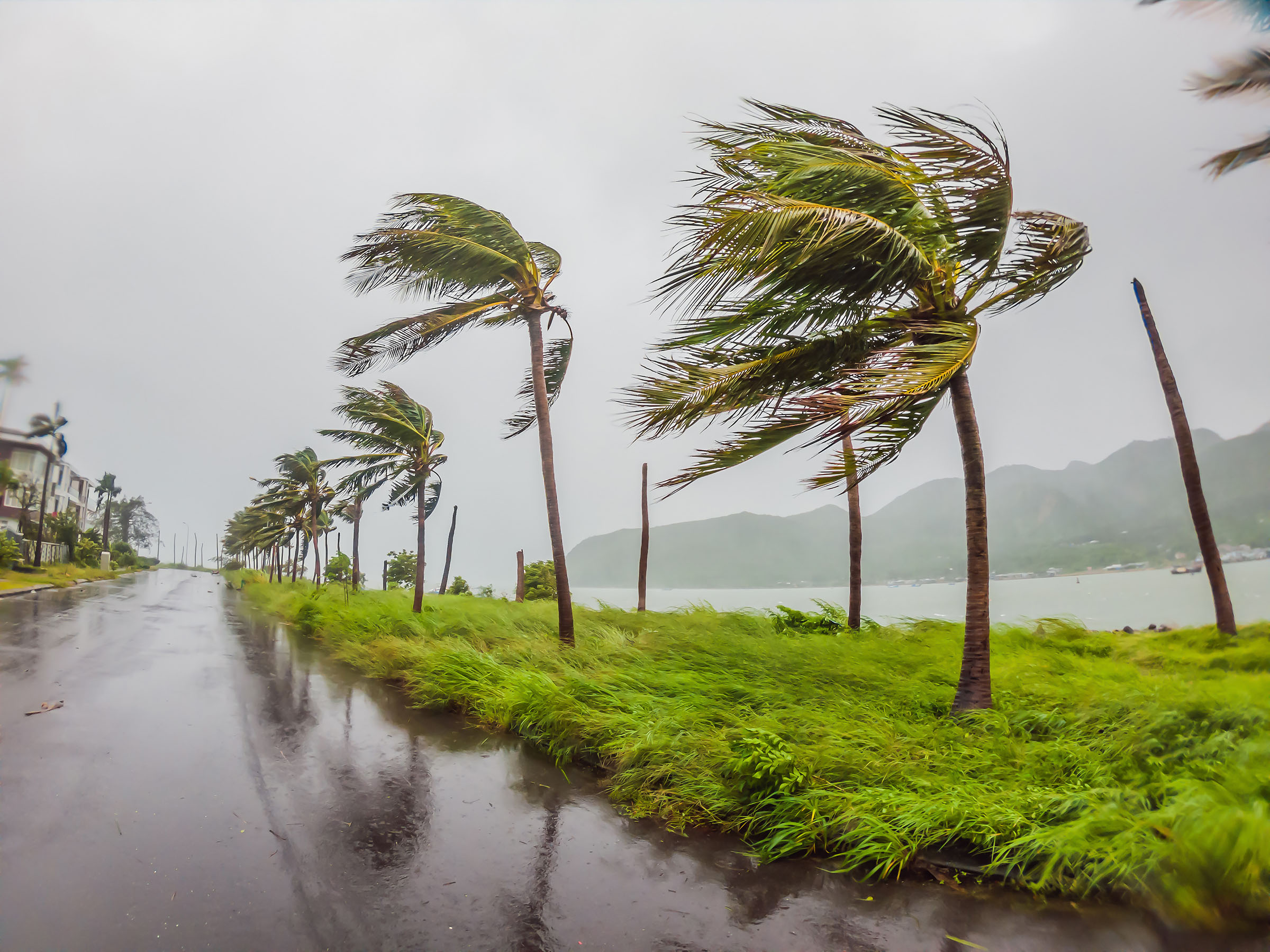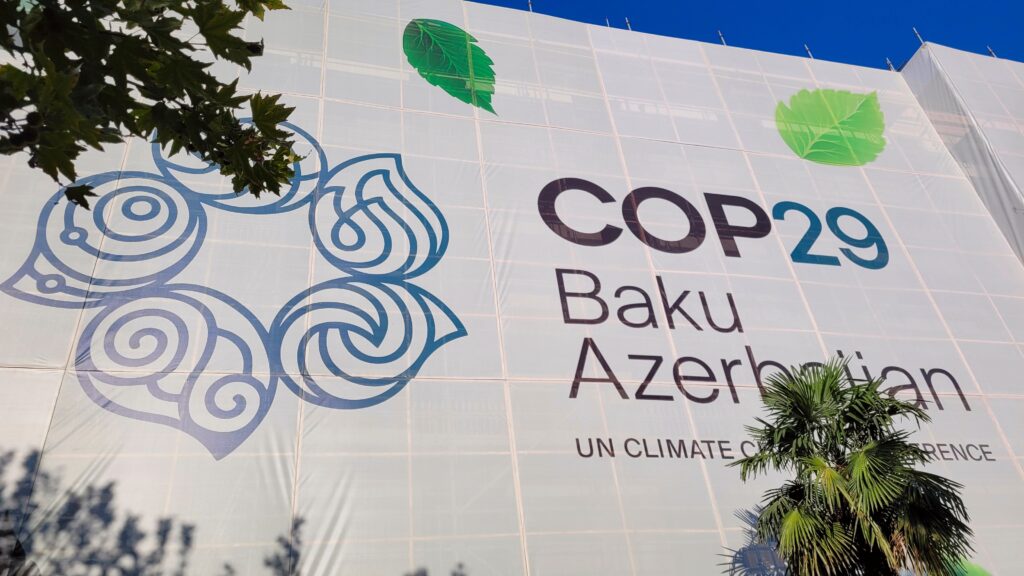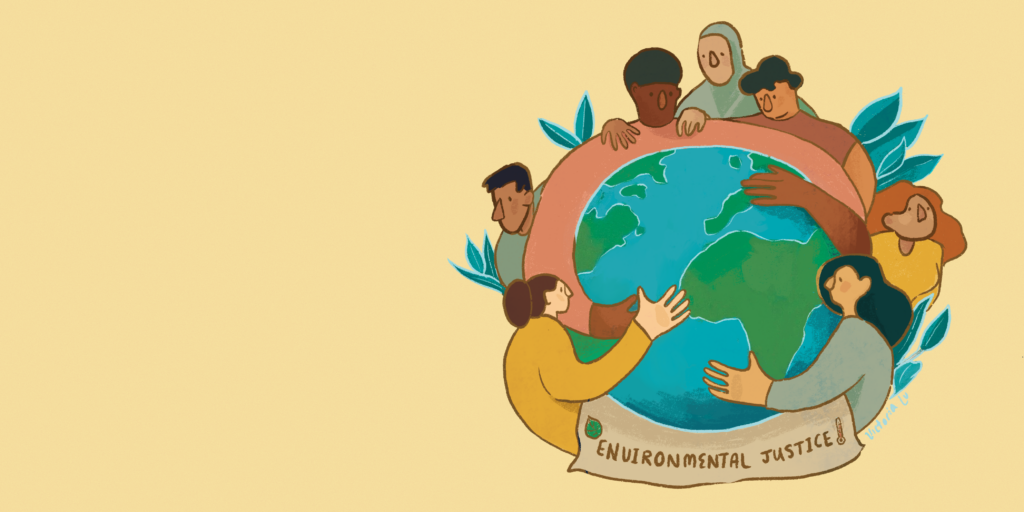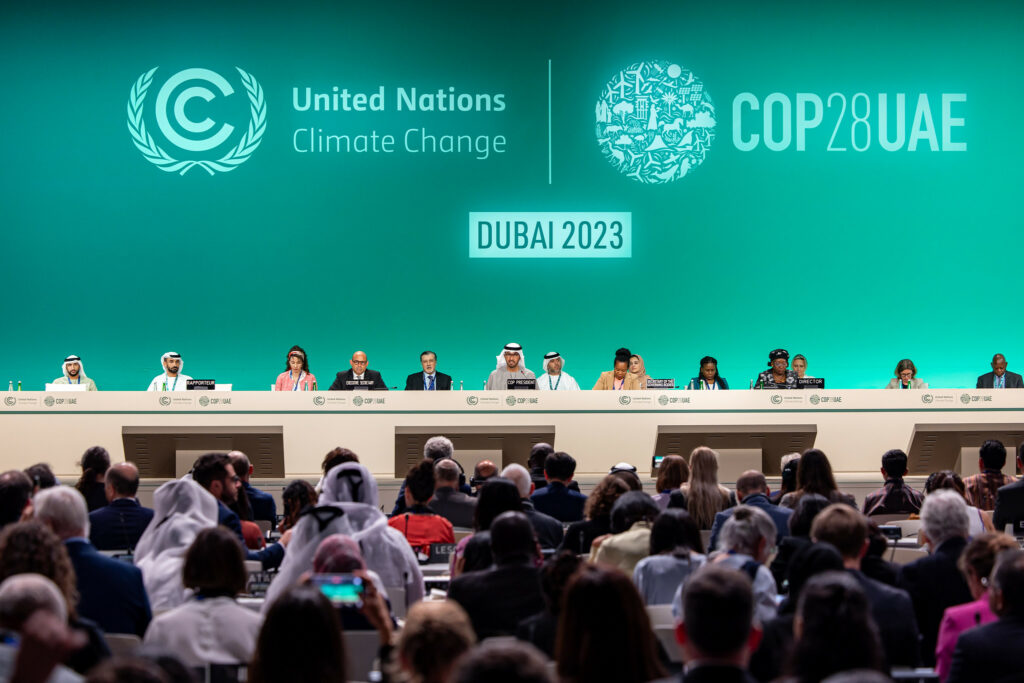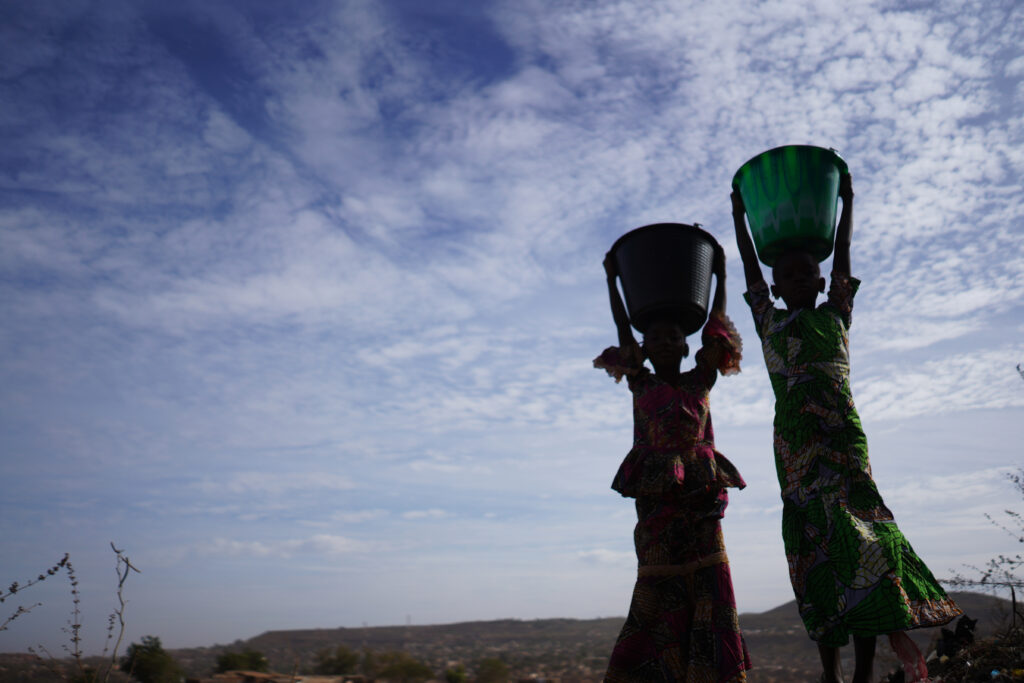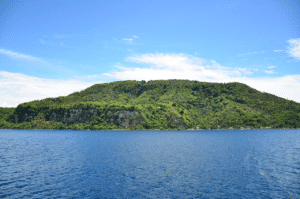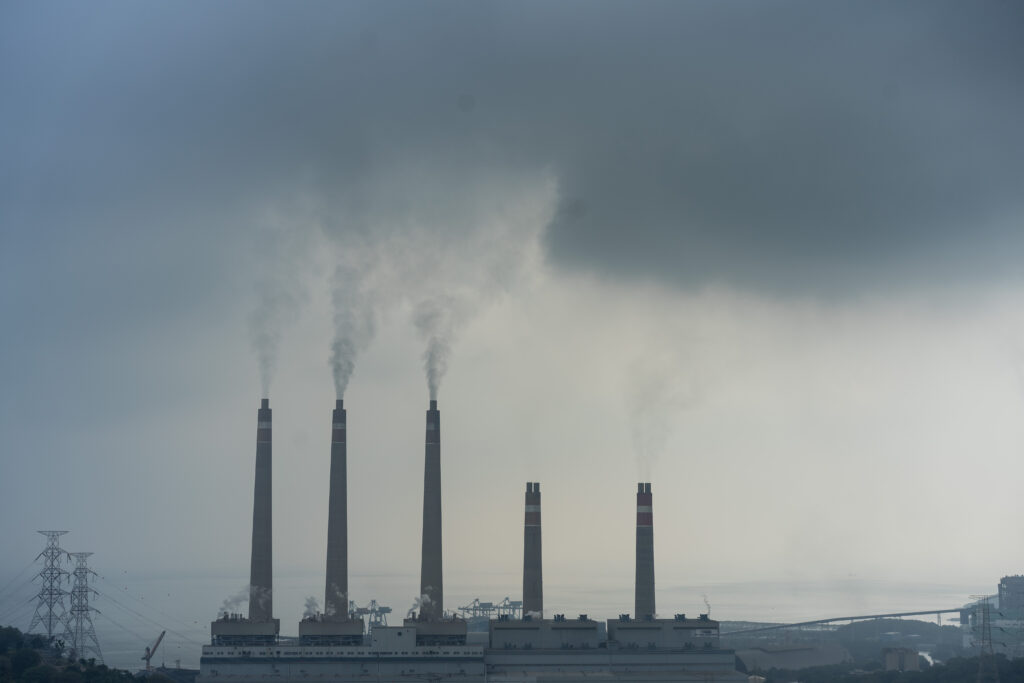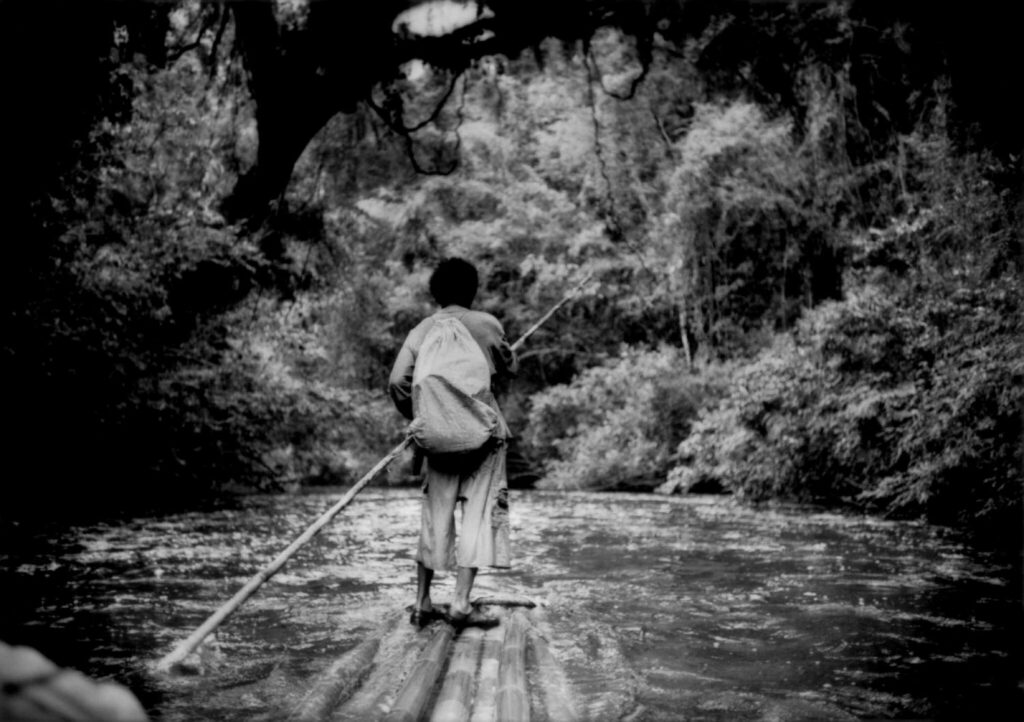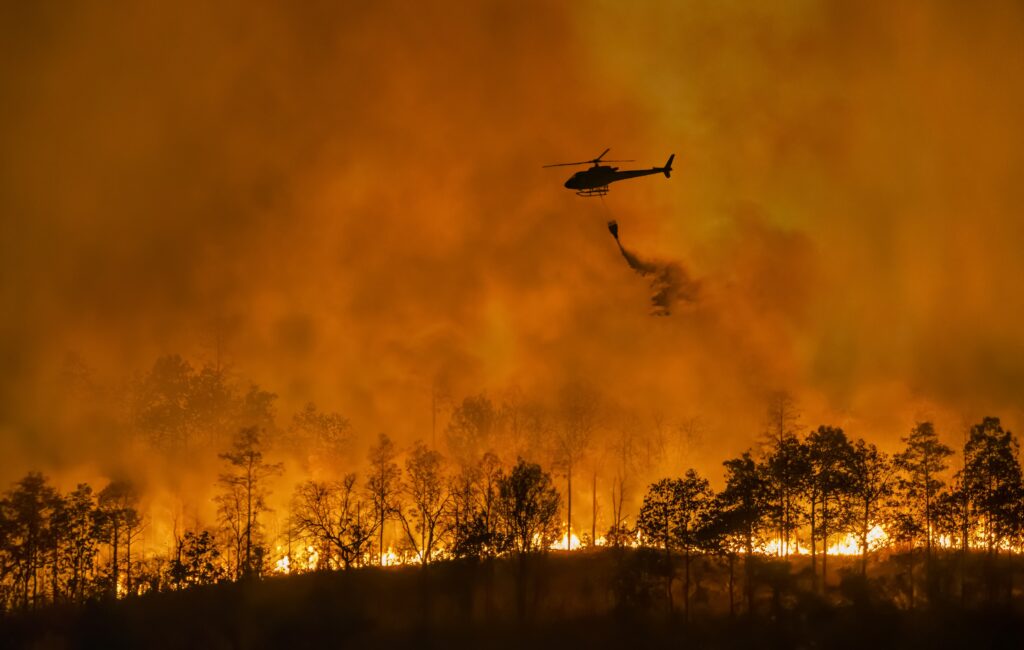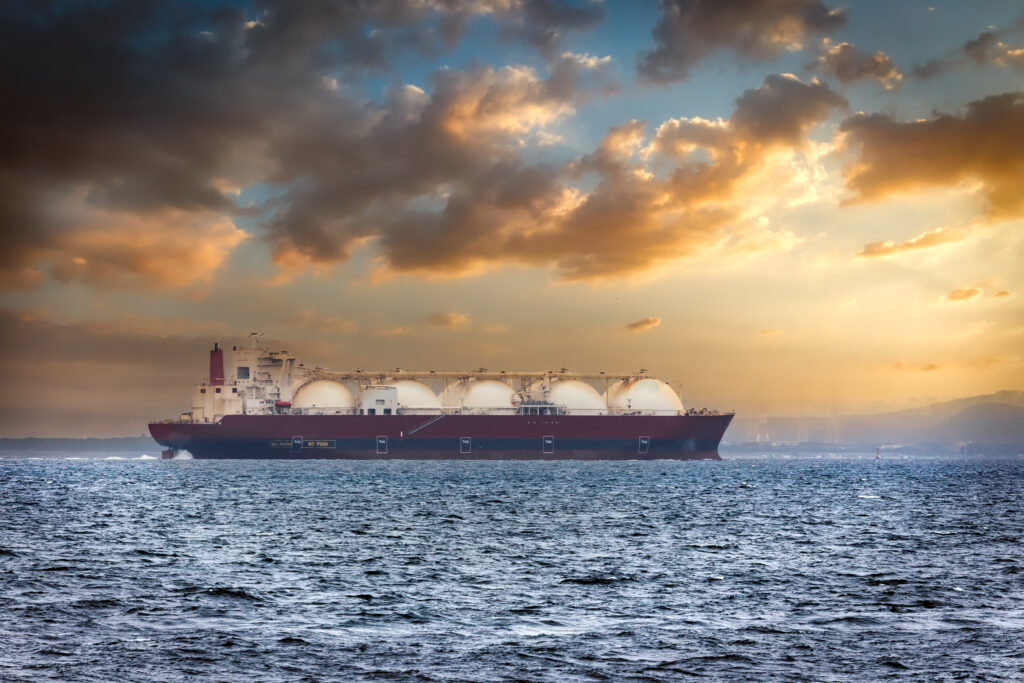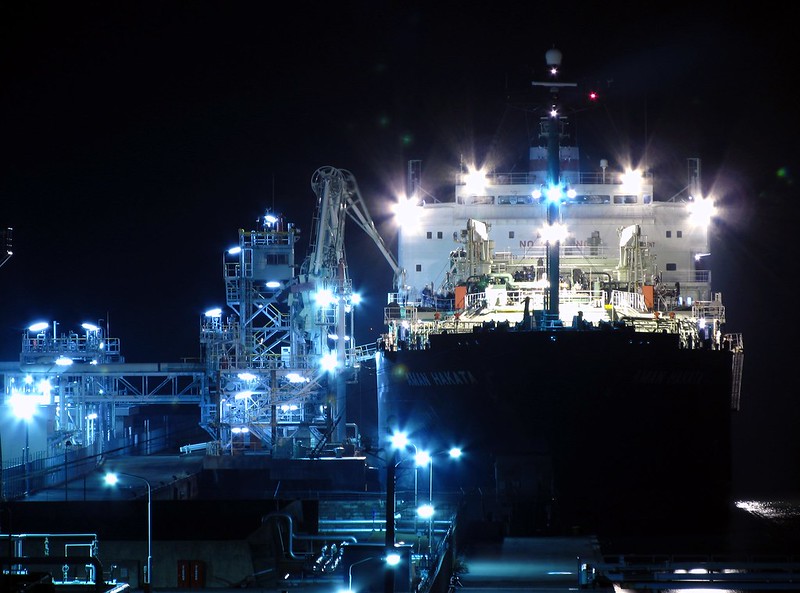The South Pacific cyclone season is infamous. Island countries and communities alike brace themselves annually between November and May. Some years are better, while others are catastrophic. But little could have prepared Vanuatu for Cyclone Judy and Kevin earlier in 2023, with both striking within 48 hours of one another. Wind speeds from the Category 5 Kevin, for example, peaked at 230 km/h. In the aftermath, Vanuatu was left in a state of emergency as it began picking up the pieces of the damage wrought by the tropical cyclones.
The events in Vanuatu were extreme and unprecedented. But countries across the South Pacific have long been aware of the lurking dangers that climate change poses – including intensifying cyclones. Leaders from several countries in the South Pacific were some of the first calling for climate action as far back as 30 years ago when global warming was far from a mainstream concern. In hindsight, their concerns about several issues, including intensifying cyclones, have been vindicated by scientific observations over decades that suggest that climate change is, according to the Intergovernmental Panel on Climate Change, “likely” responsible for a global rise in categories 3–5 tropical cyclones.
Regionally speaking, Category 5 cyclones – the strongest of the bunch – were considered rare in the South Pacific. However, they now regularly sweep across the region – including Cyclone Winston in 2016, Donna in 2017, Gita in 2018, Harold and Yasa in 2020, Niran in 2021 and Kevin in 2023, for example.
Tropical Storms and the Effects on Drinking Water
So, while the wording and exact role climate change has on tropical cyclones globally still get worked out, the impacts remain unchanged. One of these is the immediate consequences of water supply contamination. Cyclones cause floods from rains or waves reaching far further inland. This can cause drinking water to be mixed with untreated sewage, debris and the like. Additionally, this exacerbates existing issues, like making water accessibility more difficult. In the South Pacific, 45% of people already lack access to basic drinking water facilities. For example, in 2016, after Cyclone Winston struck Fiji, hundreds of thousands were left without access to safe drinking water. More recently, hospitals in Vanuatu, post-Judy and Kevin in 2023, struggled to cope with soaring waterborne diseases like gastroenteritis.
On a more macro level, as sea levels rise due to global warming, storm surges whipped up by cyclonic winds will only worsen things as areas previously unaffected by, say, a Category 3 cyclone are likely to be affected.
Tropical Cyclones and Their Longer-term Impacts
Apart from the immediate impacts of tropical cyclones, long-term threats loom large. For the most part, Pacific Island countries lack resources and are mainly dependent on tourism and agriculture. The aftershocks of cyclones can weigh countries down with debt repayment burdens on loans used to rebuild damaged or destroyed infrastructure. This can include essential infrastructure like hospitals, schools and roads. For example, Fiji, Vanuatu and Palau all have debt-to-GDP ratios greater than 70%. Put together, these burdens make it increasingly difficult for countries to develop and prepare for other extreme weather events properly. This has made institutions like the World Bank shift course, saying it would suspend debt repayments for disaster-hit countries.
There are other financial support mechanisms playing out, too. The loss and damage fund agreed on at the COP27 climate conference in 2022 wants to distribute emergency funds to countries hit by extreme weather events. A committee sketching out the rules for a new international loss and damage fund put out new guidance on what it expects in August 2023. It said that the fund needs USD 100 billion annually by 2030. It added that the figure is not a “ceiling but rather a minimum commitment”. Some researchers, like Zoha Shawoo at the Stockholm Environment Institute, said the initial figure is useful to keep countries accountable but would make little difference if nothing is legally binding. The minimum commitment would be a good start. But the figure pales compared to loss and damage cost projections, which reach between USD 290-580 billion annually by 2030.
A loss and damage fund, however, isn’t new. Small island countries spearheaded similar concepts for a fund decades ago. But, like other forms of climate policy and action, progress is slow. Political stonewalling and bickering on the specifics – who pays, receives and how much – has dragged on for as long as the idea has been around. This will likely continue. However, an emerging consensus is that the world’s poorest and small island countries will be prioritised.
Pacific Cyclone Season and the Future
Globally, cities and communities alike have thrived within relatively stable climates for thousands of years. But climate change is pushing this stability towards uncharted territory. Extreme weather events, in all their ferocity, look set to get stronger and more numerous. Much of this has led to the notion that there are limits to how much adaptation is possible. The situation faced by small island countries encapsulates this well. Limited resources, debt burdens and scant economic diversity present significant barriers to both development and adaptation to intensifying cyclones and sea level rise.
Given the circumstances, small island countries have understandably been some of the most vocal proponents of climate action. This includes calls for richer countries to do more, given their role in developing through cheap fossil fuels and unsustainable release of carbon dioxide emissions. It is unlikely that small island countries can go it alone in adapting to the fast-coming changes. Outside help is sorely needed and, in the eyes of many vulnerable countries, expected. As the 2023 South Pacific cyclone season is expected to get underway in November, progress on climate policy, action and financial support will become ever more important.
Ashley Crowther
Writer, Australia
Ashley has reported on and photographed key stories on climate change, social development and other issues throughout Asia for nearly a decade. His work has been commissioned and appeared in publications such as the Financial Times, Vice, Marie Claire, The Guardian and more, and NGOs including the UN Foundation. He is the author and lead photographer in Our Dark Materials: Black Carbon & the Himalayas and was part of the team that won The Society of Publishers in Asia (SOPA) award for Excellence in Human Rights Reporting in 2022.
Ashley has reported on and photographed key stories on climate change, social development and other issues throughout Asia for nearly a decade. His work has been commissioned and appeared in publications such as the Financial Times, Vice, Marie Claire, The Guardian and more, and NGOs including the UN Foundation. He is the author and lead photographer in Our Dark Materials: Black Carbon & the Himalayas and was part of the team that won The Society of Publishers in Asia (SOPA) award for Excellence in Human Rights Reporting in 2022.

